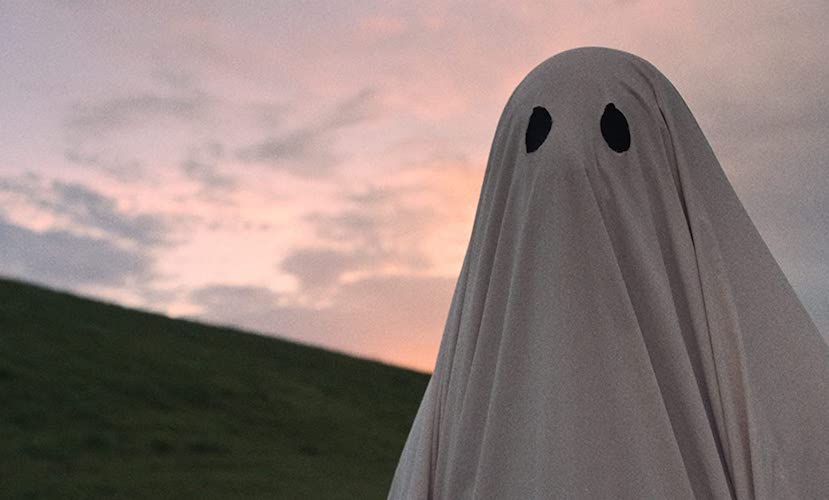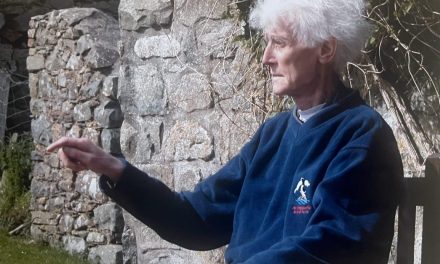
The main advantage of being a low-budget indie filmmaker is having the freedom to be creative without the interference of micro-controlling studio executives wanting to produce a mainstream product. Take, for example, David Lowery. In 2017, fresh off his $65 million collaboration with Disney to bring the live-action version of Pete’s Dragon to the big screen, Lowery wrote, directed and edited a film that cost a minuscule $100,000. It’s called A Ghost Story, and despite its meager budget it’s a terrific movie starring two-time Oscar nominee Rooney Mara and Oscar winner Casey Affleck, both of whom waved their standard fees to help Lowery realize his unique and original vision.
Casey Affleck plays a musician living with his girlfriend. No sooner is their relationship established, Casey’s character, which remains unnamed, unexpectedly dies. A Ghost Story, as the title implies, is the story of his ghost. But it’s not rooted in horror like most films of its ilk. It’s a fantastical drama about an earthbound afterlife and atypical in just about every way a ghost story can be, beginning with the design of the ghost itself – basically someone under a sheet with two oval-shaped cutouts for eyes. However, it’s not merely an actor with a sheet tossed over his head, but a specific look engineered by Lowery, one that evokes memories of It’s a Great Pumpkin, Charlie Brown. Both iconic and whimsical, it’s a bold choice that surprisingly does not detract from the film’s weighty exploration of loss, grief, and the vastness of time. And since it’s as white and void of expression as any bed sheet, the ghost becomes a blank canvas for projecting our impressions. A slight tilt of the head downward, and we see him as sad; when nearby light bulbs suddenly buzz and brighten, we see him as excited or angry.
Other bold choices include a boxy 4:3 aspect ratio with rounded corners evoking the style of old photographs and, by extension, memory (memory is the anchor that prevents our ghost from moving on). And the ghost is mute, so entire sequences of A Ghost Story are distilled down to the most elemental components of cinema – sound and image working in concert to propel the narrative without the use of dialog.
Existential angst, both corporeal and ethereal, is central to the story, as residents rotating in and out of the poor ghost’s home mark the passing of time. When one of them throws a party, the ghost focuses on an obnoxious guest spouting the nihilistic claim that however hard we try to create something that will endure, time destroys all and nothing is forever. There’s an amusing irony that a ghost, ostensibly everlasting, is listening in, creating a philosophical dichotomy between science and spiritualism. Thanks to Lowery’s deft storytelling, such explorations of cosmic themes never seem pretentious.
A Ghost Story is unlike any ghost story you’ve ever seen. The pacing is measured, almost dreamlike, and within its mesmerizing one-and-a-half hour runtime there are at least half a dozen surprises you won’t see coming. By using his shoestring budget to his artistic advantage, Lowery has crafted a film that’s far more interesting and unpredictable than most mega-million dollar blockbusters.
For KSQD’s Film Gang, this is Paul Kanieski











